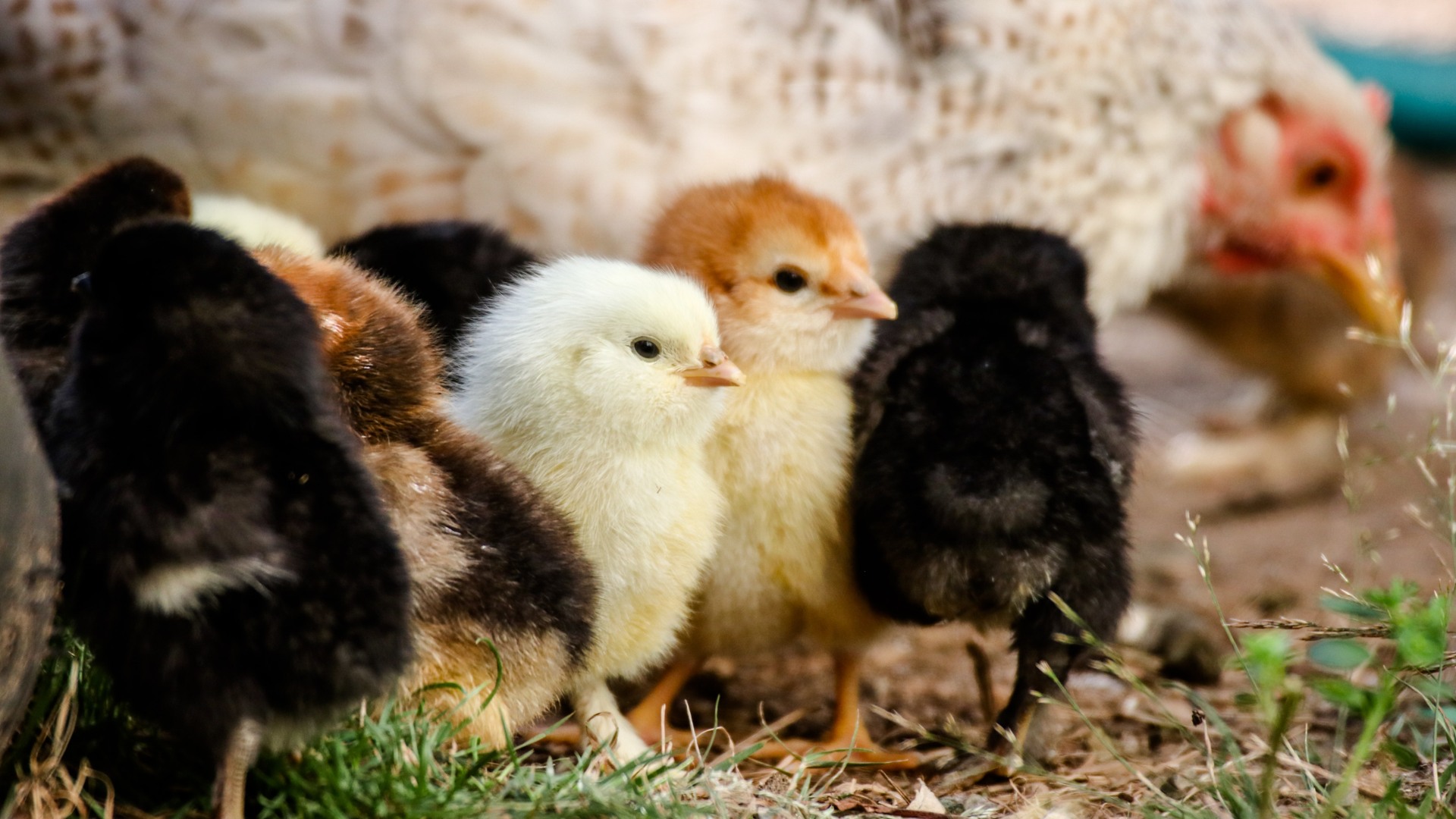
Recycled phosphorus is now being tested as feed phosphate
In January, a new project was started to test the precipitated calcium phosphate (PCP) recovered from Ragn-Sells innovation company EasyMining's Ash2Phos technology. The project is a collaboration between EasyMining, the Swedish University of Agricultural Sciences (SLU) and Lantmännen and it is hoped to show that recovered calcium phosphate from sludge ash has the same level of phosphorus digestibility as conventional MCP (monocalcium phosphate).
03 Mar 2021- We see great potential for our recovered phosphorus to be used as a feed phosphate and thereby contribute to the transition to a circular economy, says Sara Stiernström, product manager at EasyMining.
The calcium phosphate (PCP) from the Ash2Phos-technology has attractive properties as a raw material for fertilizers and as feed phosphate with a high phosphorus content, low fluorine content and high solubility in citric acid. The solubility is over 90 percent, same level as monocalcium phosphate (MCP) which is used as feed phosphate today. The PCP also has lower CO2-emissions and is more environmentally friendly than virgin phosphorus.
- Using the PCP as feed phosphate will contribute to substituting virgin materials, prolonging the lifetime of mines, lowering contaminates like Cadmium and saving significant amounts of CO2 emissions, says Sara Stiernström.
The main aim of the project is to test the digestibility of PCP in pigs and poultry. Therefore, one digestibility study with pigs and one with poultry will be performed and the digestibility of PCP will be compared to digestibility values of monocalcium phosphate that is a commonly used phosphorus source today.
- The phosphorus digestibility tells how much of the phosphorus you feed to the animal can be utilized. Knowing the digestibility enables us to compose feeds with the right amount of phosphorus and thereby optimize the animals’ performance and reduce the excess of phosphorus in the manure, says Emma Ivarsson, assistant professor at SLU.
The EU has listed phosphorus as one of 30 critical raw materials, as phosphorus is critical for the EU economy and the supply is linked to several risk factors. With the end of degradable phosphates in sight and increased demands on resource efficiency, phosphorus recycling is an inevitable part of our future society. Wastewater is a key source for phosphorus to recover.
However, today the legislation for feed material is linear, prohibiting recovered nutrients originating in wastewater. A secondary aim with this project is therefore to use the results from the study to raise the regulatory barriers for recovered Phosphorus used as feed phosphate to the EU commission.
- Lantmännen work actively for more sustainable food and feed products. For us to be able to put recovered Phosphorus on the market, the legislation needs to change. Strong safety requirements to prevent risks of pathogens and contaminations in animal feed are key. We would like the legislation to focus on quality and not prohibiting products based on origin, says Kerstin Sigfridson product developer at Lantmännen.
The project, founded by Lantmännens foundation and Ragn-Sells, started at the beginning of 2021 and is planned to run for almost 2 years, ending in the last quarter of 2022.